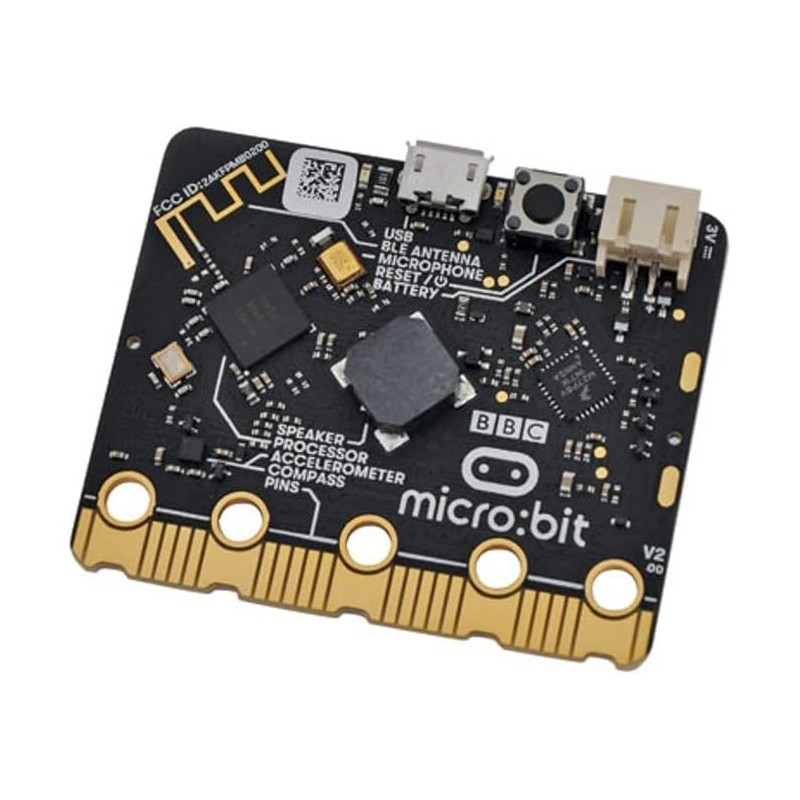





The BBC micro:bit V2 is a pocket-sized computer that you can code, customize and control to bring your digital ideas, games and apps to life.
It's a fantastic way to introduce budding coders into the wonderful world of computer programming. With the easy to use online code block editor and simple crocodile clip friendly board, coding fun projects and using electronic components is easier than ever.
 Security policy
Security policy
We prioritize the security of your personal information and transactions. Our store implements indu
 Delivery policy
Delivery policy
(edit with the Customer Reassurance module)
 Return policy
Return policy
(edit with the Customer Reassurance module)